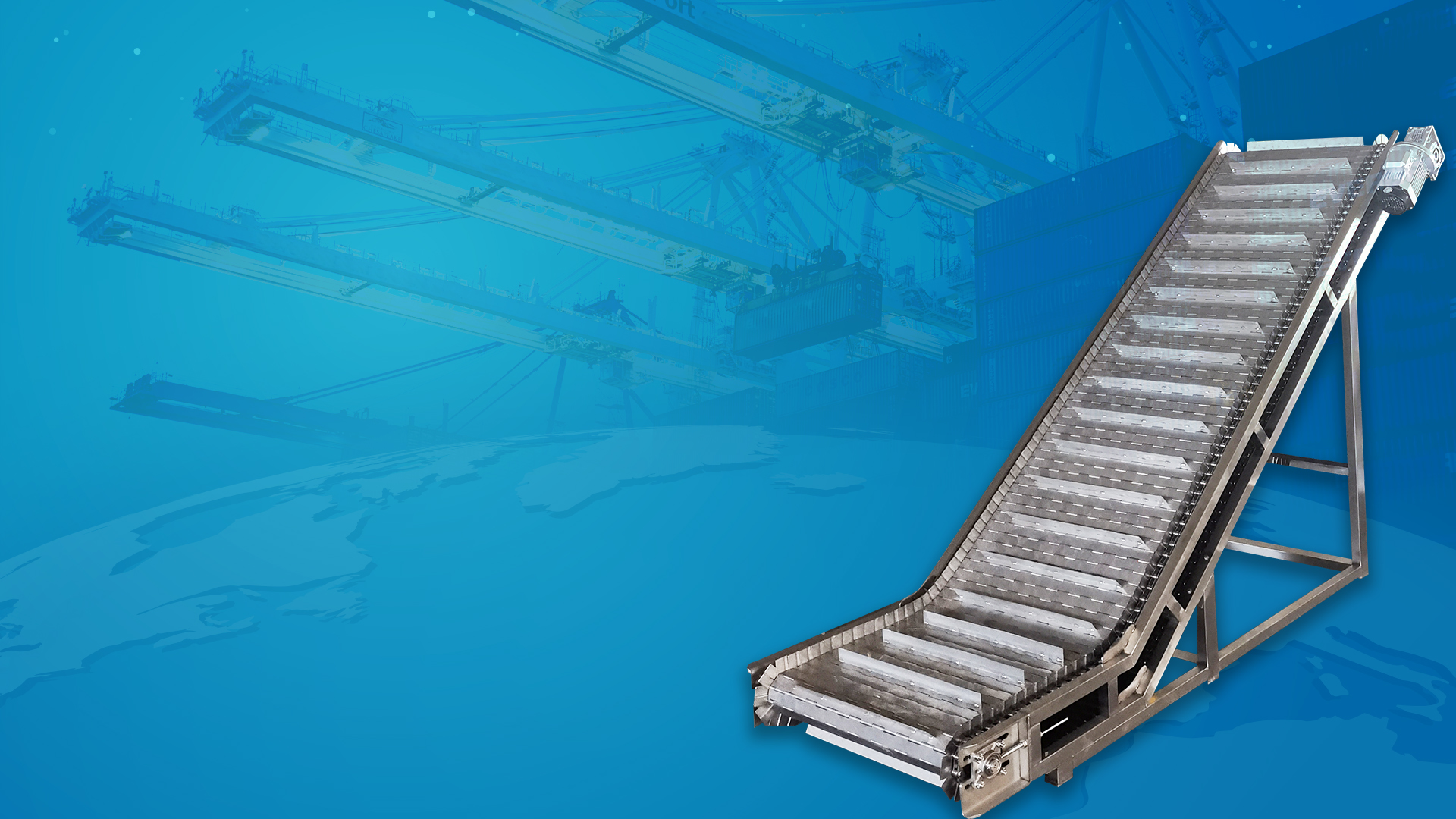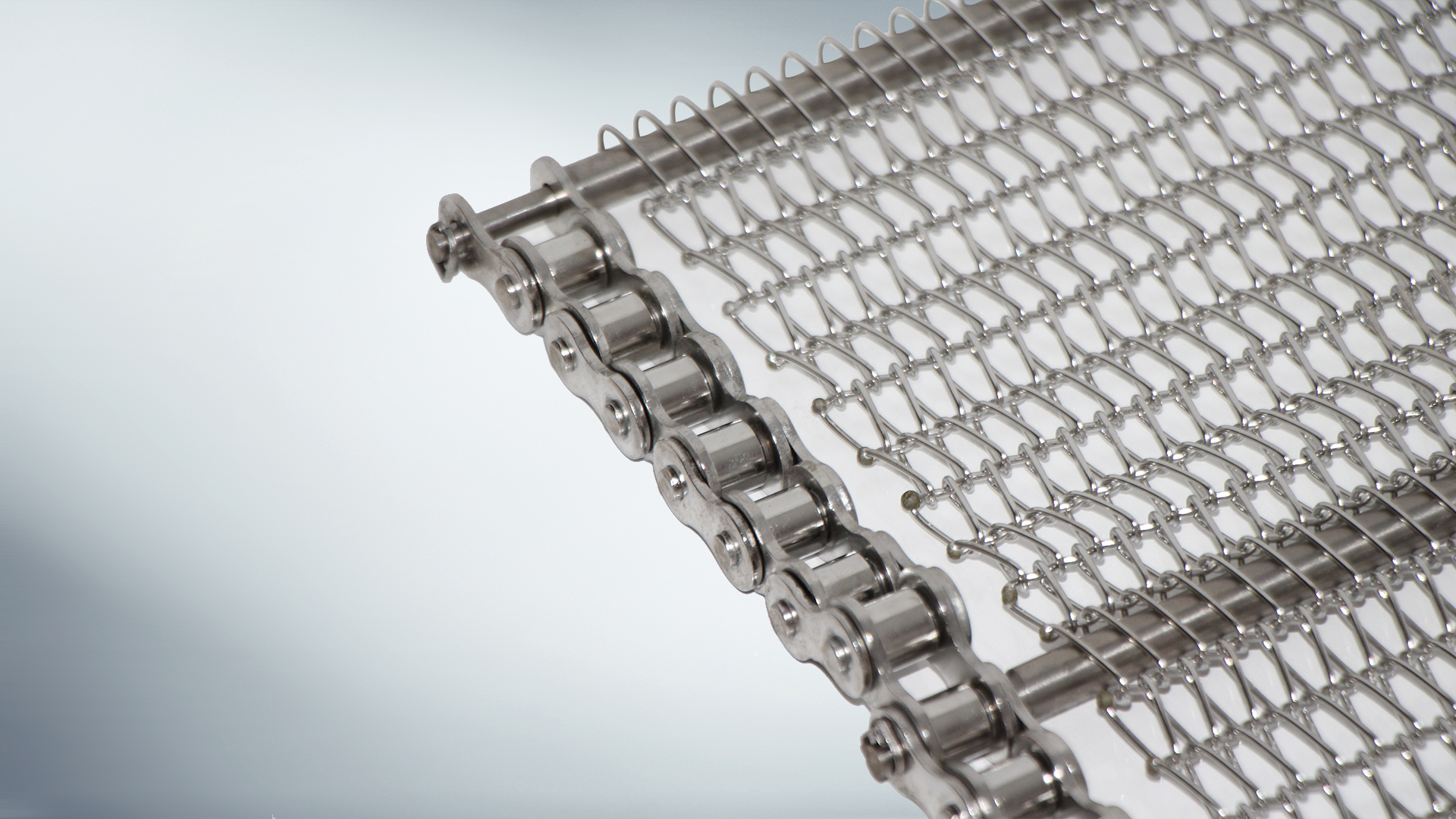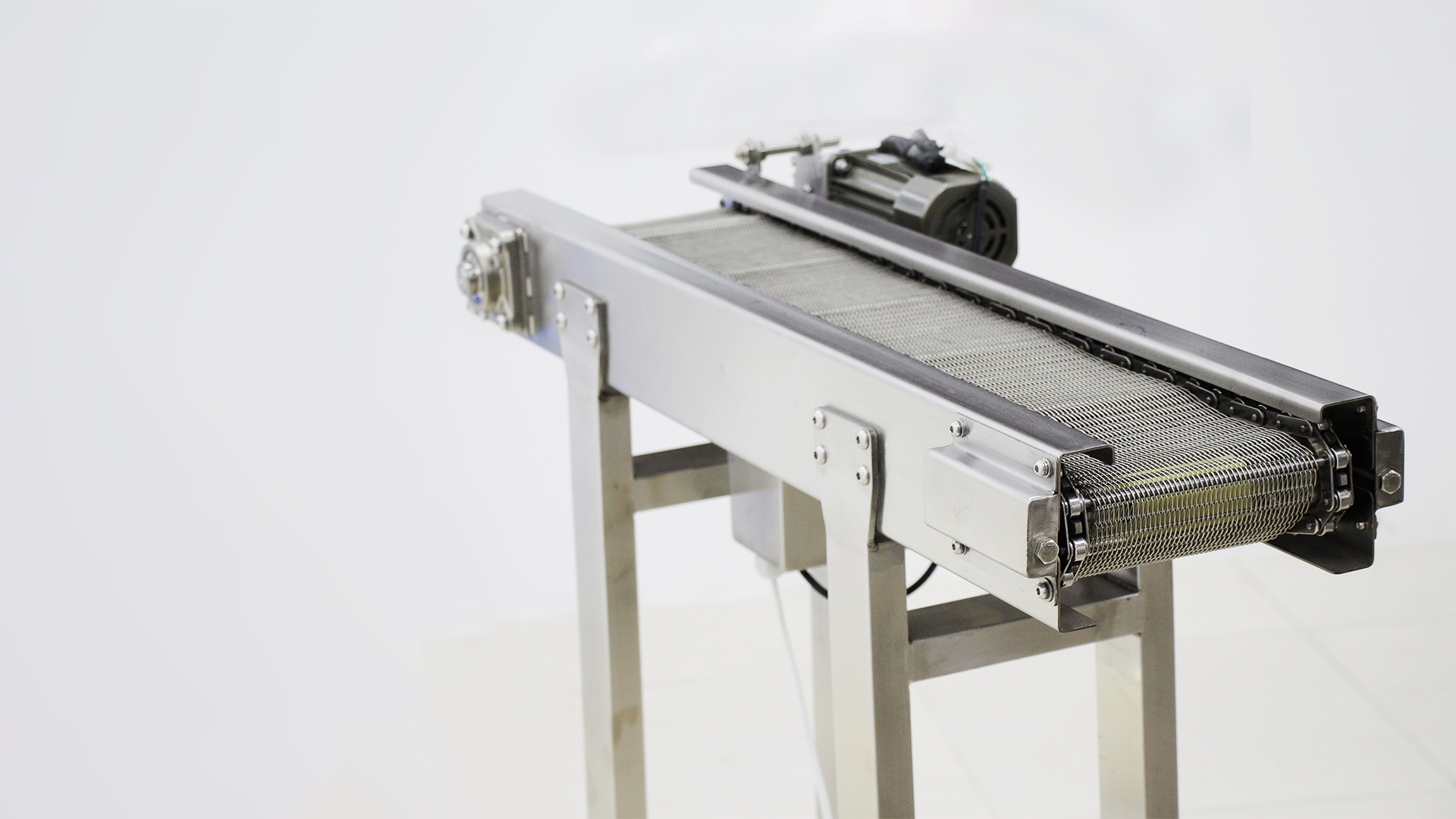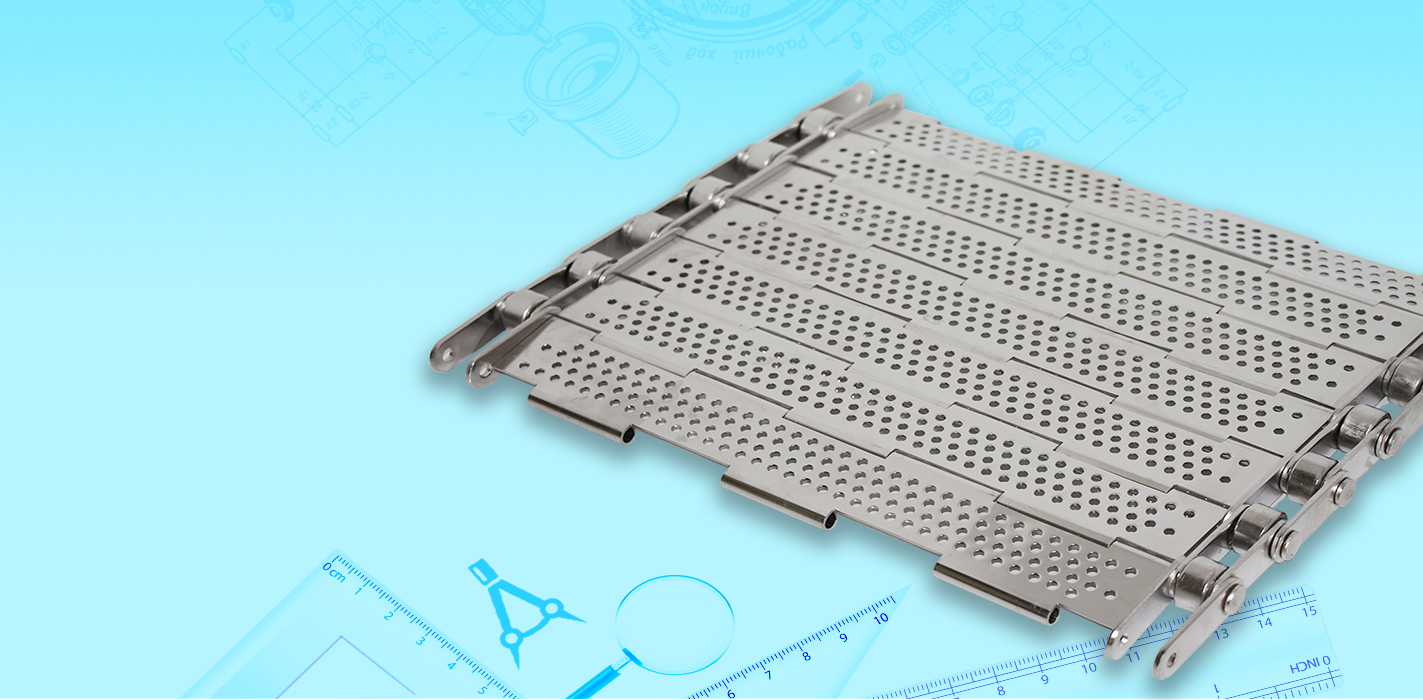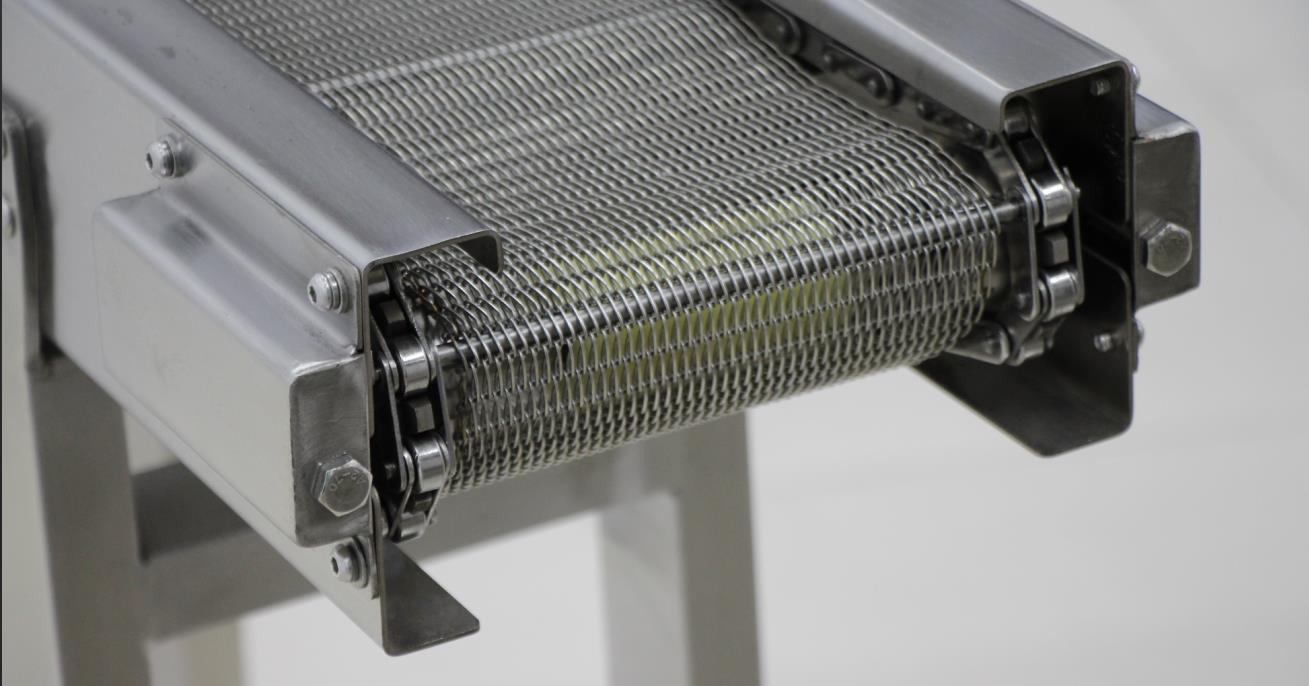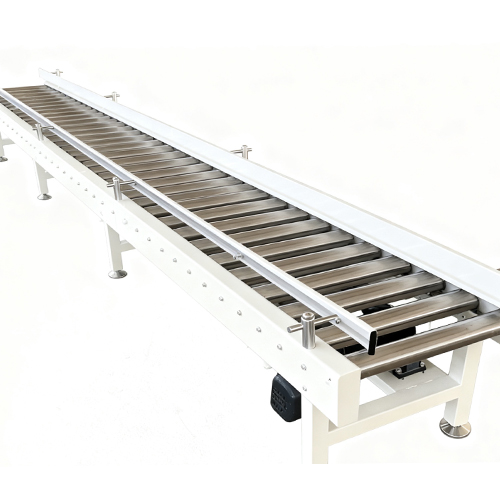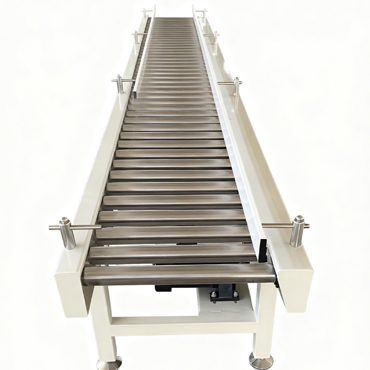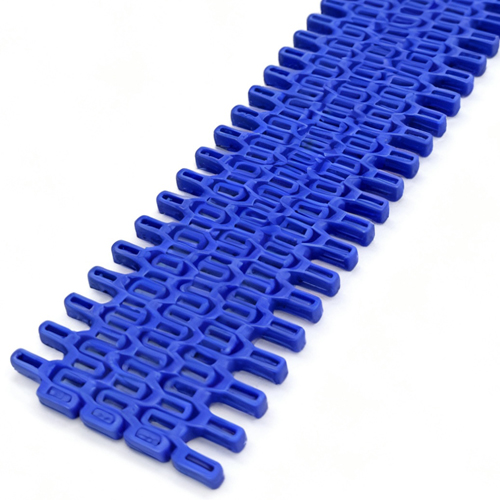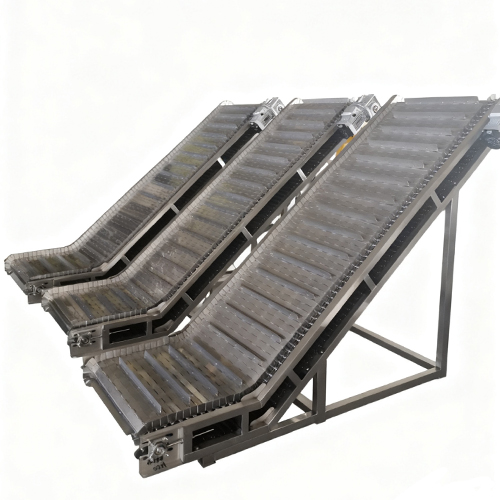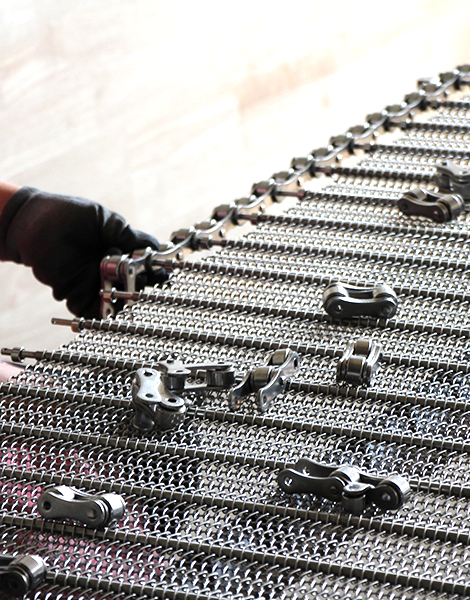A palletizer is an automated device designed to neatly stack goods. To ensure proper operation and extend its service life, regular maintenance and upkeep are essential.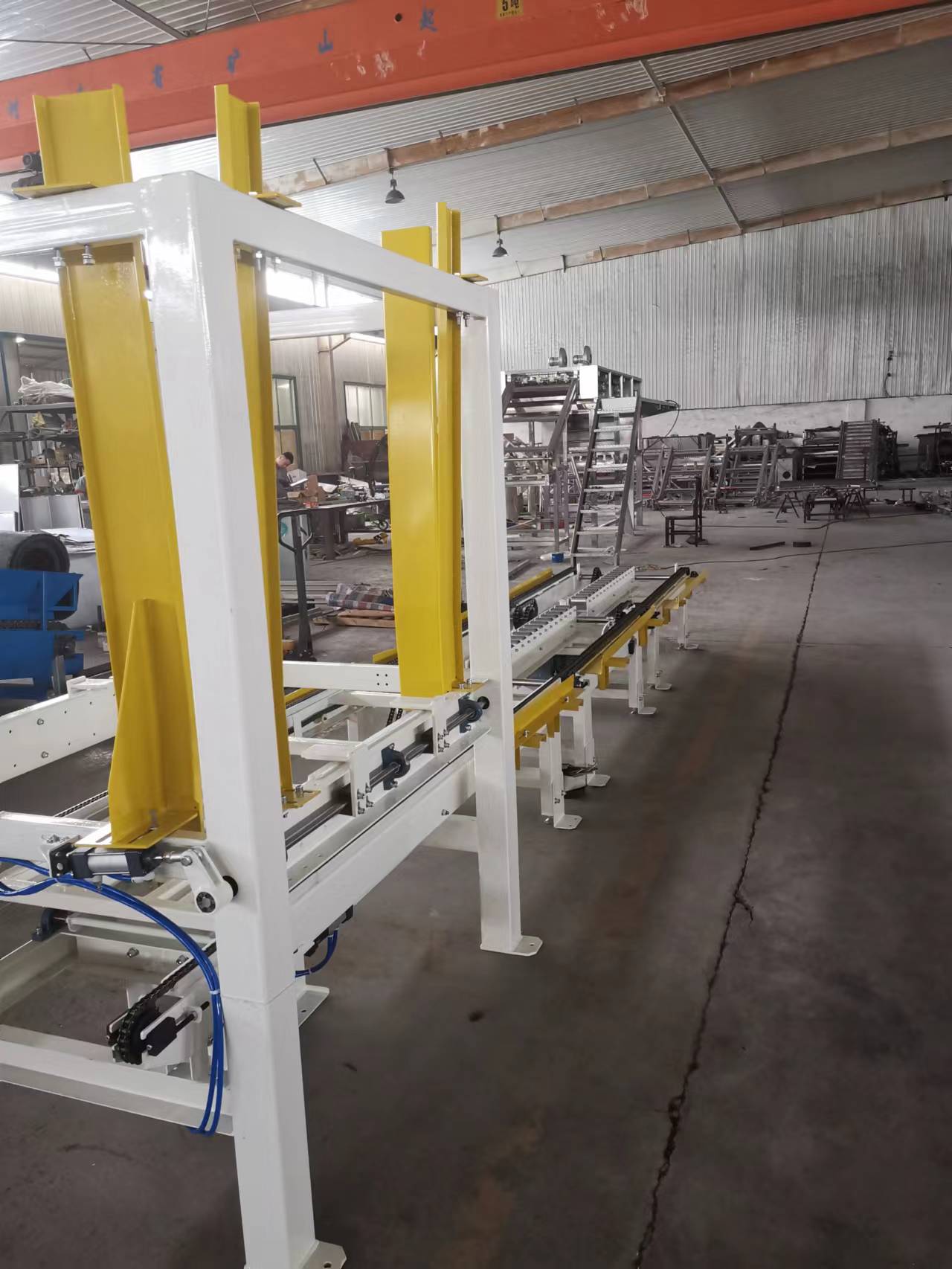
First, daily maintenance is crucial. Operators should clean the palletizer after each use, removing dust, debris, and oil stains, especially from mechanical and electrical components. Verify that all connections are secure and tighten any loose fasteners promptly. Additionally, pay attention to lubrication by applying oil or grease to designated points according to specified schedules and methods to minimize friction and wear.
Second, periodic comprehensive inspections are essential. This includes examining the condition of the conveyor belts. Severely worn belts should be replaced immediately. Inspect the condition of the chains and sprockets' transmission to ensure smooth operation. Check the status of the sensors and repair or replace them promptly if abnormalities are detected. Also, examine the electrical system, including the integrity of wire and cable connections, as well as the condition of electrical components.
Furthermore, implement proper storage measures for palletizers not in use for extended periods. Store them in a dry, well-ventilated area to prevent moisture and corrosion damage. Before resuming operation, conduct a comprehensive inspection and debugging of the palletizer to ensure proper functioning.
In summary, palletizer maintenance requires diligent attention from operators. Regular inspections and maintenance, coupled with prompt identification and resolution of issues, are essential to guarantee efficient operation and a prolonged service life.
Translated with DeepL.com (free version).



